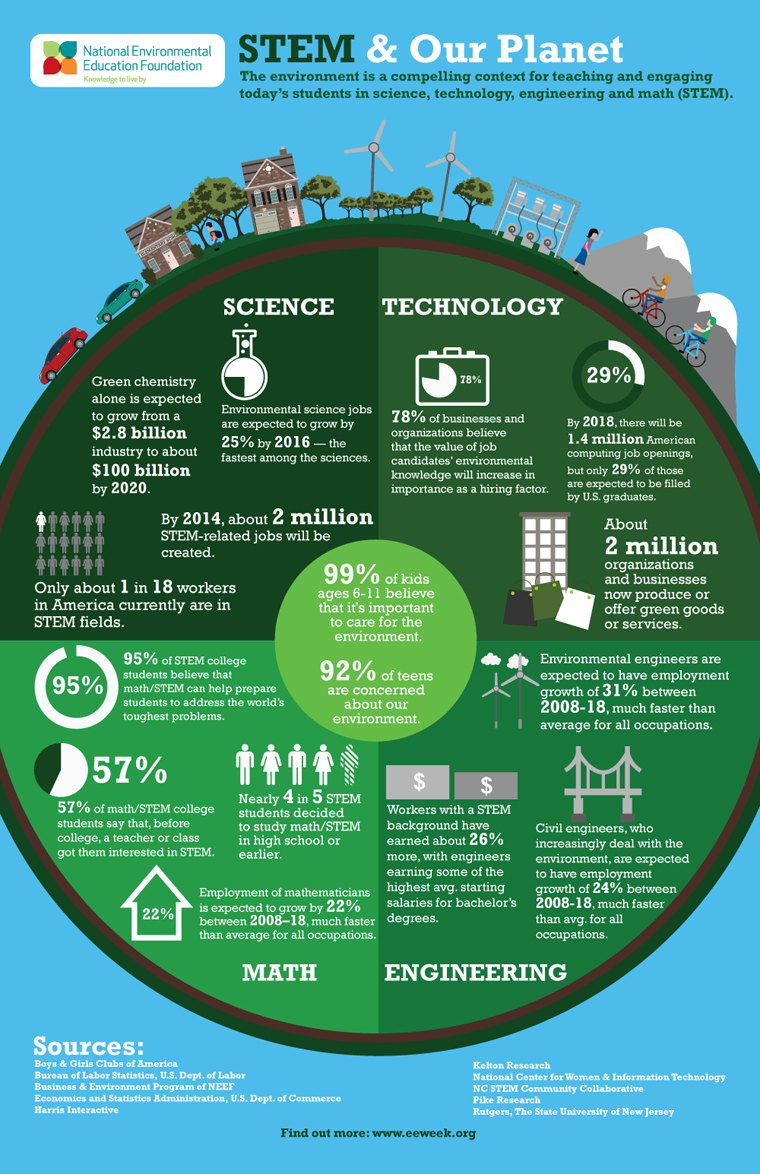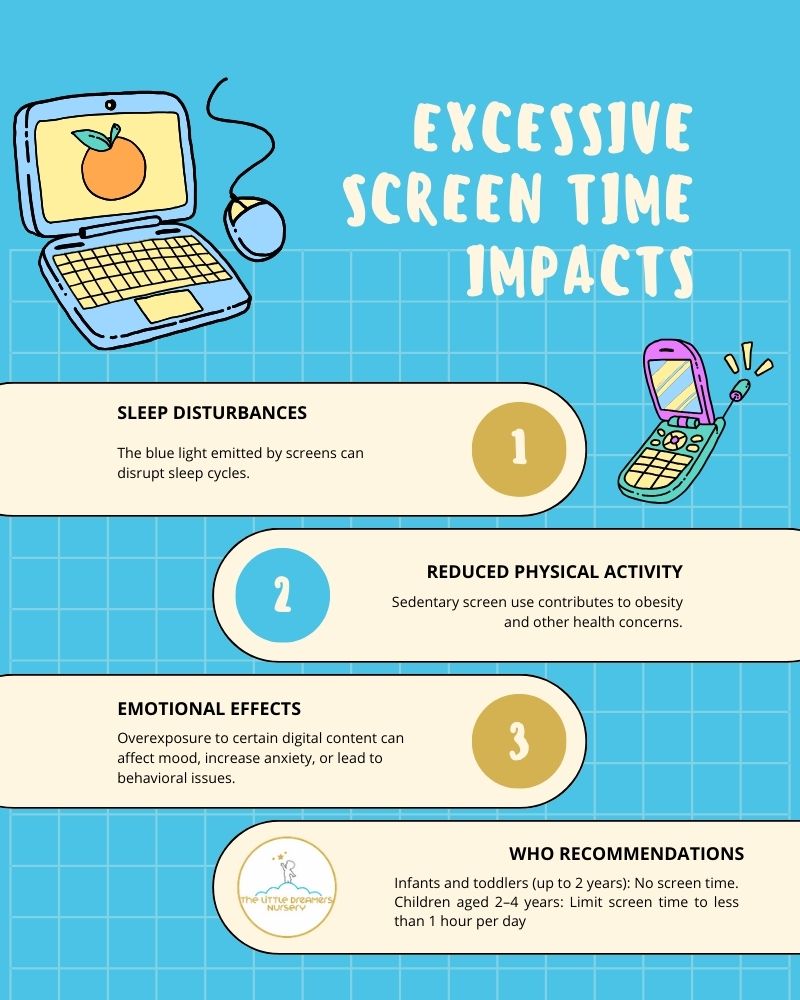Post-Pandemic Impact on Student Well-being and Educational Equity: An SDG-Focused Report
Executive Summary
Recent research conducted over five years since the COVID-19 pandemic reveals significant setbacks in student well-being and educational achievement, with a disproportionate impact on female students. These findings present critical challenges to the advancement of several United Nations Sustainable Development Goals (SDGs), particularly SDG 3 (Good Health and Well-being), SDG 4 (Quality Education), and SDG 5 (Gender Equality). This report analyzes the dual crises of declining mental health and a widening STEM achievement gap, examines technological interventions, and provides recommendations for fostering equitable educational environments aligned with SDG principles.
1. Mental Health Crisis and its Disproportionate Impact on Girls (SDG 3 & SDG 5)
The pandemic has exacerbated mental health challenges among adolescents, undermining progress toward SDG 3: Good Health and Well-being. Research indicates a severe and gender-specific impact, directly challenging SDG 5: Gender Equality.
- A study in Academic Emergency Medicine found a statistically significant increase in mental health-related emergency room visits among girls during the pandemic, a trend not observed in boys.
- Education strategists confirm that adolescent girls have demonstrated the most significant declines in mental health, reporting higher levels of anxiety and depression.
- These trends highlight a critical need for targeted mental health support for female students to ensure their well-being and uphold the principles of gender equality.
2. Reversal of Gains in STEM Education (SDG 4 & SDG 5)
Progress in closing the gender gap in Science, Technology, Engineering, and Mathematics (STEM) has been reversed, posing a direct threat to SDG 4: Quality Education and SDG 5: Gender Equality.
- An NWEA study revealed that decades of progress toward gender parity in STEM were undone between 2021 and 2024.
- While a direct causal link is not yet established, experts suggest a possible connection between the decline in girls’ mental health (SDG 3) and this widening STEM achievement gap.
- This regression necessitates urgent action to ensure girls have equal opportunities to learn and succeed in STEM fields, a key component of quality and equitable education.
3. Technological Interventions Supporting Student Safety and Well-being (SDG 3)
In response to the mental health crisis, educational institutions are leveraging technology to advance SDG 3 by creating safer learning environments and providing timely support.
- AI-powered tools, such as GoGuardian Beacon, are being deployed on school-issued devices to monitor students’ online activity for early warning signs of self-harm.
- These systems enable school officials to intervene proactively before a student reaches a crisis point, directly contributing to suicide prevention and the promotion of mental well-being (SDG Target 3.4).
- A study found that counties actively using GoGuardian Beacon from 2021-2022 experienced significantly lower youth suicide rates, demonstrating the tangible impact of technology in safeguarding student health.
4. Recommendations for Fostering Equitable and Inclusive Education (SDG 4, 5, & 10)
To realign with the objectives of the SDGs, particularly SDG 4 (Quality Education), SDG 5 (Gender Equality), and SDG 10 (Reduced Inequalities), educational systems must implement targeted strategies.
- Eliminate Gender Stereotypes in STEM: Actively create classroom environments free from subtle messaging that reinforces outdated stereotypes about gender-based ability in math and science. This fosters an inclusive space where girls feel they belong and can succeed.
- Ensure Equitable Support Systems: Shift the focus from a competitive “who is left behind” narrative to building universally supportive learning environments that affirm and assist the full spectrum of learners, thereby reducing inequalities.
- Promote Representation and Affirmation: Ensure girls feel valued and are not overlooked in STEM courses. Representation in curriculum and instruction is critical to demonstrating that success in these fields is attainable for everyone.
1. SDGs Addressed in the Article
The issues discussed in the article, primarily focusing on student mental health, educational disparities, and gender-specific challenges in the post-pandemic era, are directly connected to the following Sustainable Development Goals (SDGs):
- SDG 3: Good Health and Well-being: The article’s central theme is the decline in student mental health, particularly among girls, evidenced by increased emergency room visits and the risk of self-harm and suicide.
- SDG 4: Quality Education: The article addresses educational quality by highlighting the reversal of progress in closing the gender-based STEM achievement gap and calls for creating equitable and supportive learning environments for all students.
- SDG 5: Gender Equality: The article explicitly points out gender disparities, noting that girls have been disproportionately affected by mental health declines and setbacks in STEM education, and discusses the need to dismantle gender stereotypes in schools.
2. Specific Targets Identified
Based on the article’s content, several specific SDG targets can be identified:
SDG 3: Good Health and Well-being
- Target 3.4: By 2030, reduce by one-third premature mortality from non-communicable diseases through prevention and treatment and promote mental health and well-being.
- Explanation: The article directly addresses this target by discussing the increase in “mental health emergencies” and the risk of suicide among youth. It highlights prevention and treatment efforts through technology like GoGuardian Beacon, which is designed to “identify the early warning signs” and has been linked to “significantly lower” youth suicide rates.
SDG 4: Quality Education
- Target 4.5: By 2030, eliminate gender disparities in education and ensure equal access to all levels of education and vocational training for the vulnerable.
- Explanation: This target is central to the article’s discussion of the NWEA study, which “found that the decades of progress in closing the STEM achievement gap between girls and boys was reversed in just four years.” This widening gap is a clear example of a gender disparity in education that needs to be eliminated.
- Target 4.a: Build and upgrade education facilities that are child, disability and gender sensitive and provide safe, non-violent, inclusive and effective learning environments for all.
- Explanation: The article supports this target by quoting experts who emphasize the need for equitable schools where classroom environments are “free of subtle cues or messaging that reinforce outdated stereotypes about who is ‘naturally’ good at math and science.” This points to the creation of inclusive and gender-sensitive learning spaces.
SDG 5: Gender Equality
- Target 5.1: End all forms of discrimination against all women and girls everywhere.
- Explanation: The article touches upon this target by discussing how “outdated stereotypes” in STEM education can create discriminatory environments for girls. The suggestion that girls have historically been told to “adapt; for instance, by acting more assertive” instead of changing the environment itself points to a systemic bias that this target aims to end.
- Target 5.b: Enhance the use of enabling technology, in particular information and communications technology, to promote the empowerment of women.
- Explanation: The article highlights the use of technology tools like GoGuardian Beacon to address a mental health crisis that disproportionately affects girls. By using technology to ensure their safety and well-being, schools are indirectly using it as a tool to support and empower female students to thrive in their educational environment.
3. Indicators for Measuring Progress
The article mentions or implies several indicators that can be used to measure progress toward the identified targets:
Indicators for SDG 3
- Youth suicide rates: The article explicitly uses this as a metric, stating that a study found “youth suicide rates were significantly lower (26%)” in counties that actively used a specific technology tool for mental health monitoring.
- Rate of mental health-related emergency room visits: This is used as a key indicator of the severity of the mental health crisis. The article cites a study showing “an increase in mental health emergency room visits” among girls during the pandemic.
Indicators for SDG 4
- The STEM achievement gap between genders: This is a direct indicator of educational disparity mentioned in the article. The NWEA study’s findings on the reversal of progress in closing this gap serve as a concrete measurement of inequality in education.
- Prevalence of inclusive and non-stereotypical learning environments (Implied): While not a quantitative metric in the article, the call for classrooms “free of subtle cues or messaging that reinforce outdated stereotypes” implies that the presence or absence of such environments is a key indicator of progress towards Target 4.a.
Indicators for SDG 5
- Adoption rate of technology for student wellness: The article’s focus on tools like GoGuardian Beacon suggests that the number of schools or counties implementing such technology is an indicator of the use of ICT to support student well-being, which in this context, disproportionately benefits girls.
- Representation of girls in STEM fields: The discussion of the STEM gap and the need for environments where “Representation matters” implies that tracking the enrollment and success rates of girls in STEM courses is a key indicator of gender equality in education.
4. Summary Table of SDGs, Targets, and Indicators
| SDGs | Targets | Indicators Identified in the Article |
|---|---|---|
| SDG 3: Good Health and Well-being | 3.4: Promote mental health and well-being and reduce premature mortality from non-communicable diseases. |
|
| SDG 4: Quality Education | 4.5: Eliminate gender disparities in education. |
|
| 4.a: Provide safe, inclusive, and effective learning environments for all. |
|
|
| SDG 5: Gender Equality | 5.1: End all forms of discrimination against all women and girls. |
|
| 5.b: Enhance the use of enabling technology to promote the empowerment of women. |
|
Source: edtechmagazine.com







